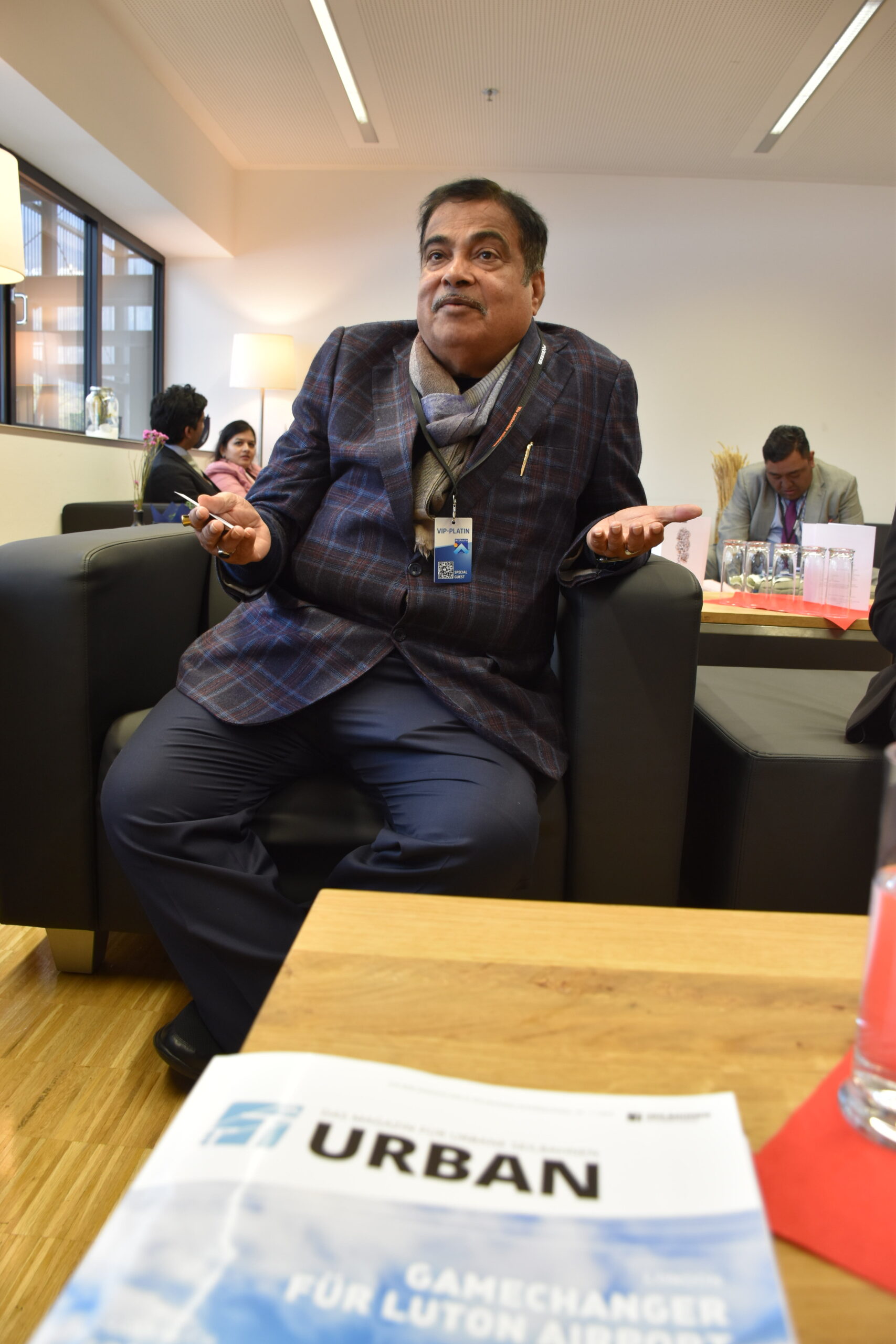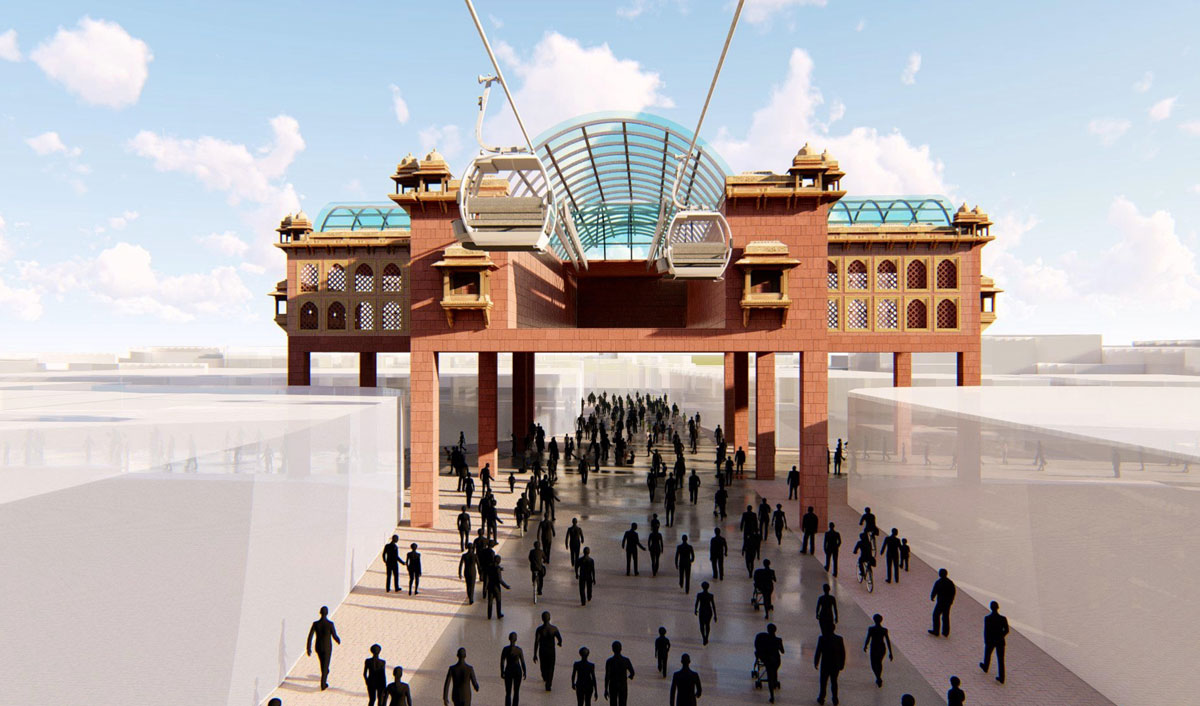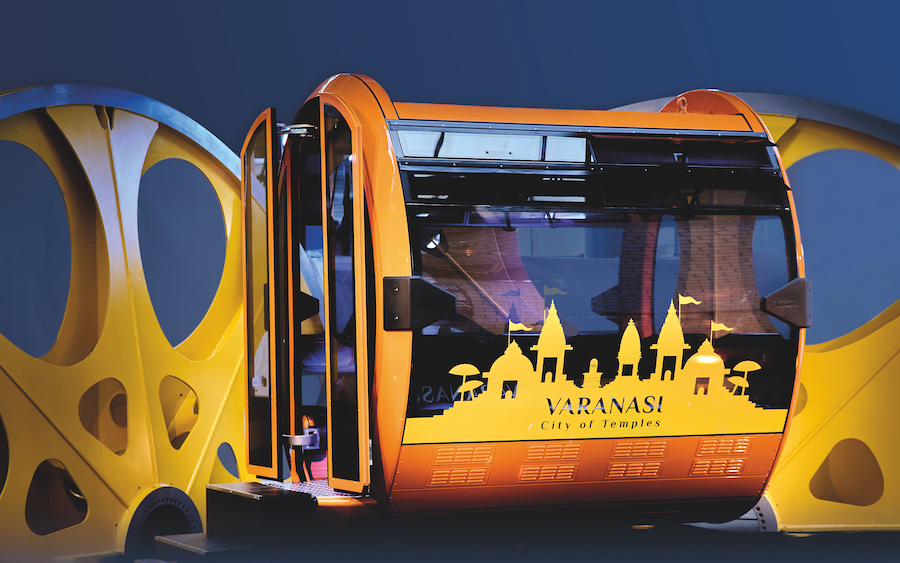
Cities, SI Urban 2/2023, Tourism
India: Interview with the Transport Minister Nitin Gadkari
The Indian central government‘s recognition of the imperative for cable car development underscores its commitment to advancing the cable car sector.
This commitment is exemplified by the groundbreaking Parvatmala program, a pioneering initiative introduced in regions like Himachal Pradesh, Uttarakhand, Jammu and Kashmir, as well as the northeastern expanse of the country.
The fundamental objectives of this program are to enhance connectivity and convenience for daily commuters traversing the rugged terrain of mountainous areas, all the while fostering the growth of tourism in these captivating regions.
Driving the execution of cable car projects across the nation under the aegis of the Parvatmala program is the National Highways Logistics Management Ltd (NHLML), an entity wholly owned by the prestigious National Highways Authority of India (NHAI).
The orchestration of the comprehensive cable car development program falls under the jurisdiction of the Ministry of Road Transport and Highways (MORTH), helmed by the visionary leadership of Minister Nitin Gadkari.

Population is growing – and traffic with it
In addressing the formidable challenges confronting India‘s mobility landscape, urban cable cars have emerged as an ingeniously practical solution, as highlighted by the Minister.
Within the context of being the world‘s most populous nation and experiencing persistent population expansion, India contends with substantial environmental pressures.
The relentless congestion within a multitude of Indian megacities, some surpassing the population of entire countries like Austria, as aptly pointed out by the Minister, exerts a significant toll on urban ecosystems and the inhabitants dwelling therein.
Correspondingly, as prosperity levels ascend, so do the aspirations for personalized mobility in India. In the absence of proactive governmental intervention, the trajectory of individual vehicular traffic would continue its upward spiral until reaching a state of virtual gridlock.
Social participation on the rope
The only solution is to expand public transport. This is currently being massively promoted – including with cable cars. The transport minister is taking a holistic approach. Sustainability is a particularly important concern when selecting suitable means for the comprehensive creation of public mobility services.
Cable cars are of particular interest to him due to their electric drive, low soil sealing, fast construction time and long service life. The social participation of all sections of the population in transport is also a declared goal.
Just as in South America, Indian cities are expected to achieve better mobility for all with cable cars as a means of transport. The minister has several billion dollars at his disposal to achieve this goal.
Varanasi
A cable car is currently being realised in the Indian city.

50 projects in planning
In addition to the expansion of the rail infrastructure or the construction of e-highways, the plus-one level is also to be developed as a potential area. Urban cable cars play an important role here – also in conjunction with rail-based infrastructure to connect the last mile.
Currently, 50 projects are already being planned across the country, many of which involve Austrian and European companies. If these and other plans are realised, India could become the most important market for urban cable cars.
Gadkari appeals to the industry to participate in improving existing ropeway standards to ensure sustainable and safe transport and be part of this transformative journey to take India’s infrastructure to greater heights.
The manufacturing of ropeway components under the ‘Make in India’ initiative is to be encouraged.
Interview: Dominik Berndt







